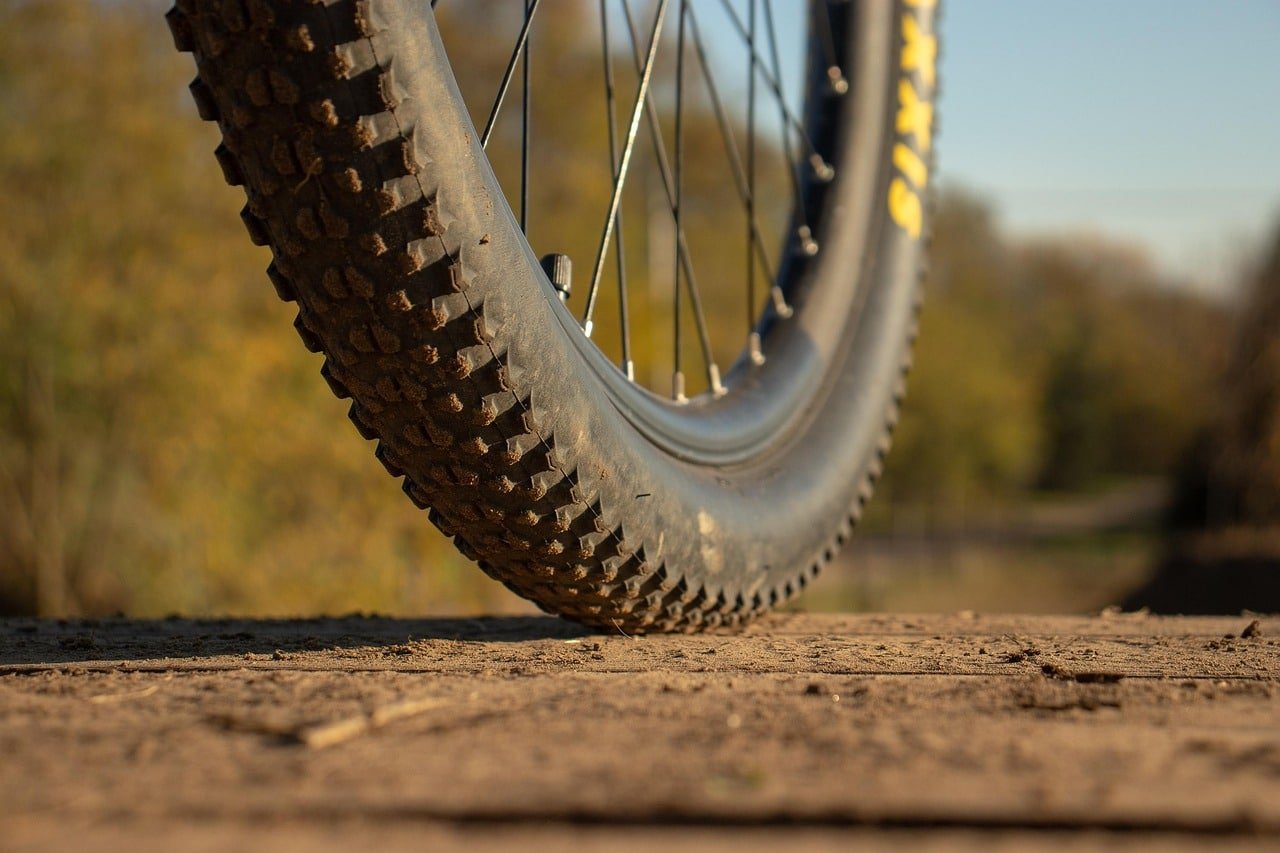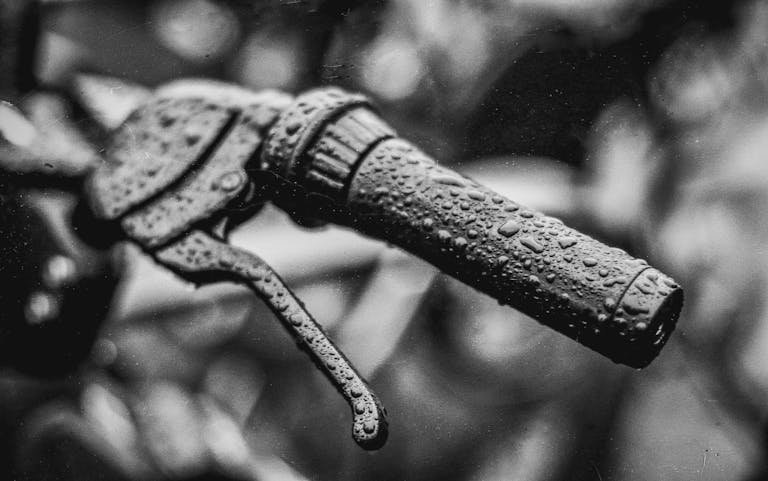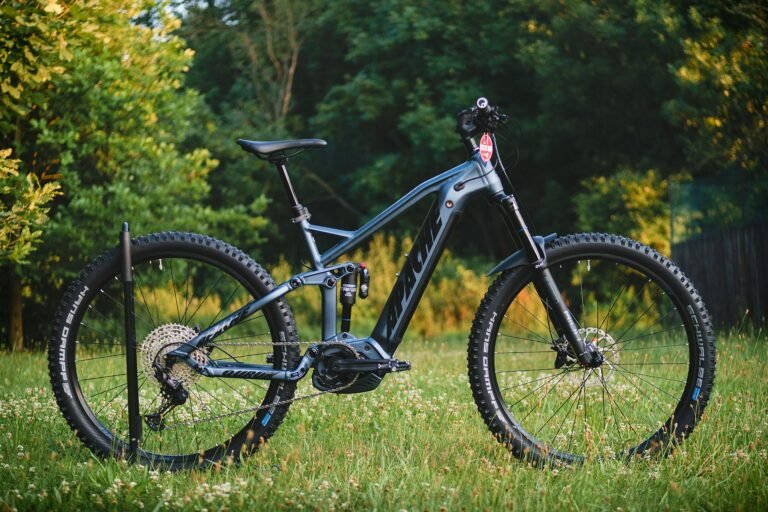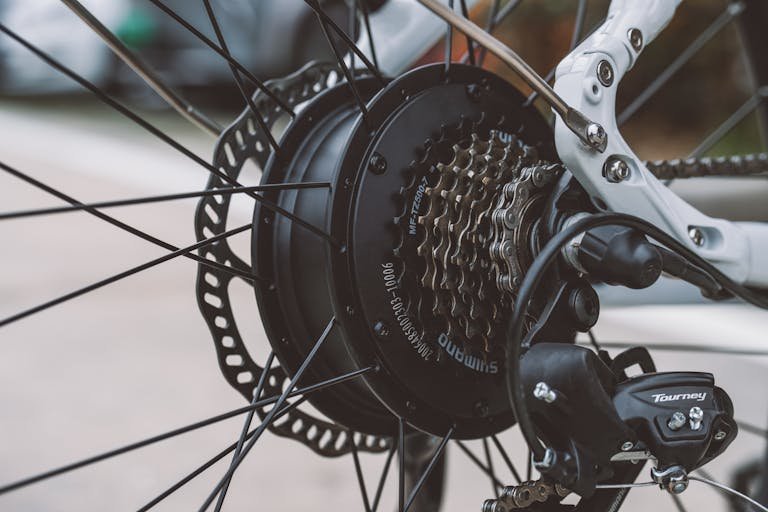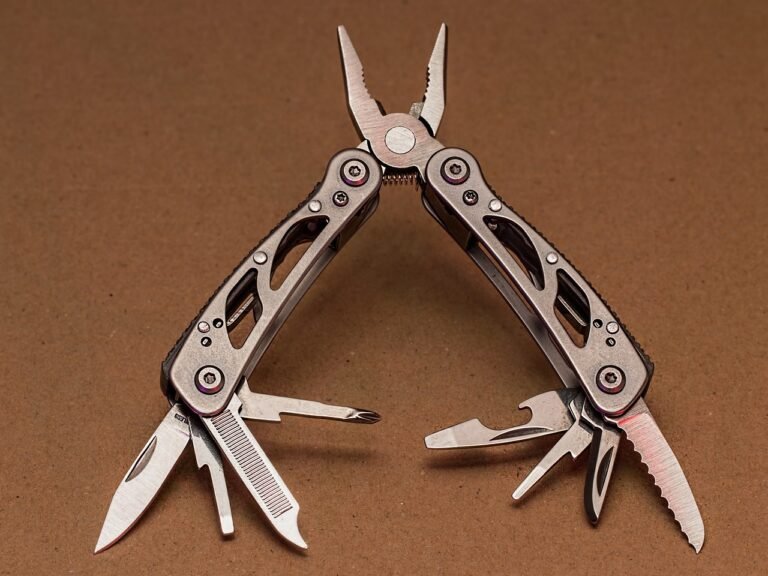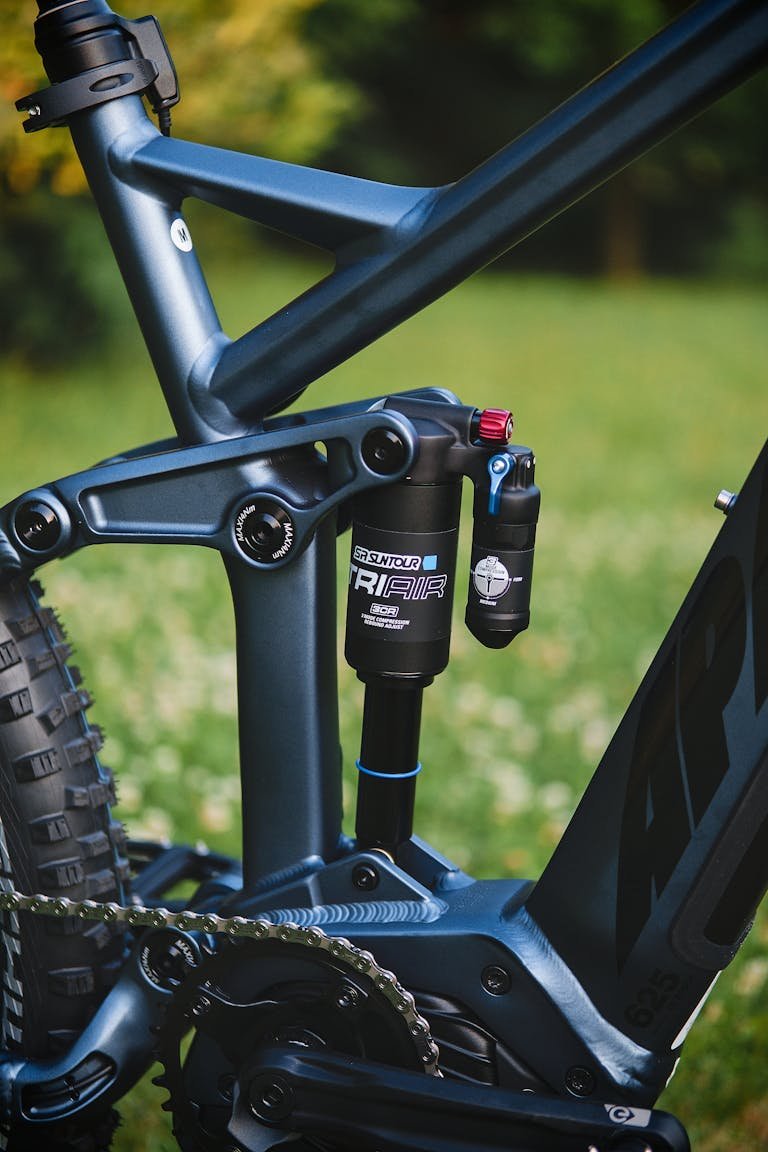Mountain Bike Tire Pressure Guide 2025: Optimize PSI for Performance, Safety, and Comfort
Mountain Bike Tire Pressure – A Comprehensive Guide for 2025
When it comes to mountain biking, dialing in the perfect mountain bike tire pressure is an absolute must-do. The right PSI (pound per square inch) can elevate your performance, boost your safety, and make every mile more comfortable. On the flip side, getting it wrong can turn a thrilling trail ride into an exhausting slog—or worse, lead to avoidable crashes or mechanical issues.
Mountain bike tire pressure isn’t just a set-it-and-forget-it number. It’s a dynamic parameter that affects how your bike interacts with the ground, grips the surface, and handles various terrains. In this 2025 guide, we’ll cover everything from key factors influencing tire pressure to the latest tech and trends designed to help you ride smarter and harder. Let’s do it!
Factors Influencing Mountain Bike Tire Pressure
Rider Weight and Bike Type
Your weight plays a major role in determining your optimal tire pressure. Heavier riders typically need higher PSI to prevent the tire from feeling squishy or bottoming out on rough terrain. Meanwhile, lighter riders can enjoy better traction at lower pressures without risking pinch flats.
Terrain
Whether you’re darting through rocky trails, slipping through mud, or cruising on sand, tire pressure should be adapted to the environment. Rocky terrains demand slightly higher PSI to resist sidewall punctures, while softer surfaces like sand or snow benefit from lower PSI to maximize flotation and grip.

Weather Conditions
Temperature fluctuations can be nuts when it comes to affecting tire pressure. Air expands in heat and contracts in cold, meaning your preset PSI might fluctuate between outdoor rides. Hot summers could over-inflate your tires, while frigid winters might leave them soft and under-inflated. Adjust as needed based on the season or changing weather during rides.
Tubeless vs. Tubed Tires
Tubeless systems have revolutionized mountain biking in recent years. With no inner tube, they allow you to run lower pressures without the risk of pinch flats. If you’re still riding with tubed tires, you’ll often need to stay on the higher side of the PSI spectrum to minimize damage to the inner tube from sharp impacts.
Recommended Mountain Bike Tire Pressure Ranges (2025 Updates)
Thanks to newly updated industry guidelines, here’s the latest on PSI ranges for different types of mountain bikes:
Front vs. Rear Tire Pressure Calibration
It’s worth repeating, to maximize control, the front tire is often run at lower pressure for better grip, while the rear tire is slightly higher for added stability and rolling efficiency.
General PSI Guidelines
Mountain Bike Tire Pressure Chart
(Pressure in PSI – Pounds per Square Inch)
| Rider Weight (lbs) | Tire Width (inches) | Hardpack (PSI) | Loose/Dirt (PSI) | Mud/Wet (PSI) | Rocky (PSI) | Downhill (PSI) |
|---|---|---|---|---|---|---|
| < 120 | 2.1 – 2.3 | 22 – 26 | 20 – 24 | 18 – 22 | 20 – 24 | 24 – 28 |
| 120 – 150 | 2.1 – 2.3 | 24 – 28 | 22 – 26 | 20 – 24 | 22 – 26 | 26 – 30 |
| 150 – 180 | 2.3 – 2.5 | 26 – 30 | 24 – 28 | 22 – 26 | 24 – 28 | 28 – 32 |
| 180 – 210 | 2.4 – 2.6 | 28 – 32 | 26 – 30 | 24 – 28 | 26 – 30 | 30 – 34 |
| 210 – 240 | 2.5 – 2.8 | 30 – 34 | 28 – 32 | 26 – 30 | 28 – 32 | 32 – 36 |
| > 240 | 2.6 – 3.0 | 32 – 36 | 30 – 34 | 28 – 32 | 30 – 34 | 34 – 38 |
Here’s a graphical representation of the Mountain Bike Tire Pressure Guide. The line chart maps tire pressure recommendations based on rider weight and terrain type.

Alternative Pressure Units
For international riders:
- 1 PSI ≈ 6.89 kPa
- 1 PSI ≈ 0.07 bar
If you’re looking for precise numbers, trial-and-error always helps refine adjustments, but a good starting point for 2025 includes these ranges based on tire size, weight, and conditions!
Cycling Gadgets for Tire Pressure Optimization
Top Pressure Gauges and Smart Pumps (2025 Models)
Say hello to cutting-edge gadgets! The latest digital gauges and smart tire pumps from 2025 are downright awesome. Models like the Silca Viaggio Bluetooth Gauge and the updated Topeak SmartGauge D3 offer seamless PSI readings and accuracy. There are even pumps integrated with apps that guide the exact pressure for riding conditions.
Pressure Sensor Tech
Here’s how it works. Integrated tire pressure sensors pair wirelessly with bike computers like the Garmin Edge or Wahoo ELEMNT. These give you real-time feedback for on-the-fly adjustments. Compared to 2023–2024 devices, these new water-resistant iterations are faster and more durable.

Benefits of Correct Mountain Bike Tire Pressure
Enhanced Traction and Control
Good tire pressure equals better ground contact. This means precise turns, seamless climbing, and unwavering confidence on downhill rides. Studies from 2025 reveal a 23% improvement in grip when riders maintained recommended PSI levels.
Improved Energy Efficiency
Proper tire pressure minimizes rolling resistance, saving you from expending unnecessary energy. This can make you faster over long distances—a factor every competitive cyclist should value.
Puncture Resistance
Riding with balanced PSI can help you avoid flats. Low pressure absorbs sharp impacts better, and if you’re running tubeless, your risk of punctures becomes even lower.
Over-Inflation vs. Under-Inflation: Consequences and How to Avoid Them
Riding with improper mountain bike tire pressure is never a good idea? Here’s what can happen:
Effects of Over-Inflation
Too much pressure and your tires won’t flex properly. That means sketchy traction, a jolty ride over roots and rocks, and a higher likelihood of loss of control.
Effects of Under-Inflation
Low PSI feels sluggish and makes every pedal stroke harder. Worse, you risk pinch flats if the tire compresses onto the rim when hitting sharp objects—no one wants that mid-ride drama!
For e-MTB riders, this balance is even trickier. Overdo it, and the extra power is wasted on spinning wheels. Underdo it, and you might burn through battery power more quickly. They need to be checked more frequently for accuracy.

2025 Industry Trends in Mountain Bike Tires Technology
This year is bringing tech that’ll blow your mind. Welcome to the future!!
Self-Adjusting Pressure Systems
Innovations like onboard auto-regulation tire systems let bikes adjust PSI based on terrain mid-ride. Think sci-fi, but real!
New Tire Materials
Brands like Maxxis and Schwalbe are introducing rubber compounds engineered to hold air pressure better over time, reducing the frequency of adjustments.
Common Myths About Mountain Bike Tire Pressure
Myth: Higher PSI = Faster Speed
Sure, it reduces rolling resistance, but your tires will bounce around like crazy on rough surfaces. Balance is everything.
Myth: The Same PSI Works Everywhere
Different terrains and climates demand custom PSI adjustments. A one-size-fits-all approach doesn’t cut it anymore.
Practical Step-by-Step Guide to Setting Tire Pressure
- Tools You’ll Need: High-quality pressure gauge, pump, and (if possible) a smart sensor or app.
- Measure Current PSI: Release air if it’s too high or pump it up if it’s too low.
- Test Ride: Adjust pressure incrementally and feel how it impacts ride quality.
Expert Tips for Maintaining Ideal Tire Pressure
- Routine Checks: Check PSI before every ride, especially if the bike has been idle for weeks.
- Pre-Ride Inspections: Confirm there are no slow leaks or unexpected damage.
- Winter Storage: If you’re not riding often, deflate tires slightly to prevent structural strain.

Wrapping Up
Mountain bike tire pressure might seem like a small tweak, but in mountain biking, it’s your ultimate secret weapon. By getting your mountain bike tire pressure dialed in, you’ll unlock better performance, safety, and overall joy on the trails. Embrace experimentation and use tools and tech to figure out what works best for you. In 2025, the possibilities are endless—so gear up and ride on!
FAQs
How do I calculate the perfect tire pressure for me?
Start with general recommendations for your bike type, weight, and terrain. Adjust slightly after a few test rides to find your sweet spot.
Can I rely solely on cycling gadgets for PSI accuracy?
Modern gadgets are incredibly precise but always double-check with a reliable pressure gauge in case of tech hiccups.
What are the risks of riding with incorrect mountain bike tire pressure in 2025?
Over-inflation reduces control, while under-inflation increases the risk of flats and sluggish performance. Both can ruin your ride and damage your bike.
Related Posts and Resources
- Smart Bike Trainers: 2024 Best Picks with Features and Benefits
- How to Improve Cycling Endurance in 2025: 5 Proven Strategies for Cyclists
- The Ultimate Guide to Cycling Technology and Gadgets in 2025
- How Do You Adjust Bike Brakes? A Step-by-Step Guide for 2024
- Recumbent Bike Benefits: The Ultimate Guide to Comfortable Cardio

